Peregrine falcons went to the edge of extinction in the 1960s — today, there are more of them than at any time since the Middle Ages
In the latest instalment of Mark Cocker's 'Winging it' column, he looks at the peregrine, a bird of prey with astonishing speed and super strength.
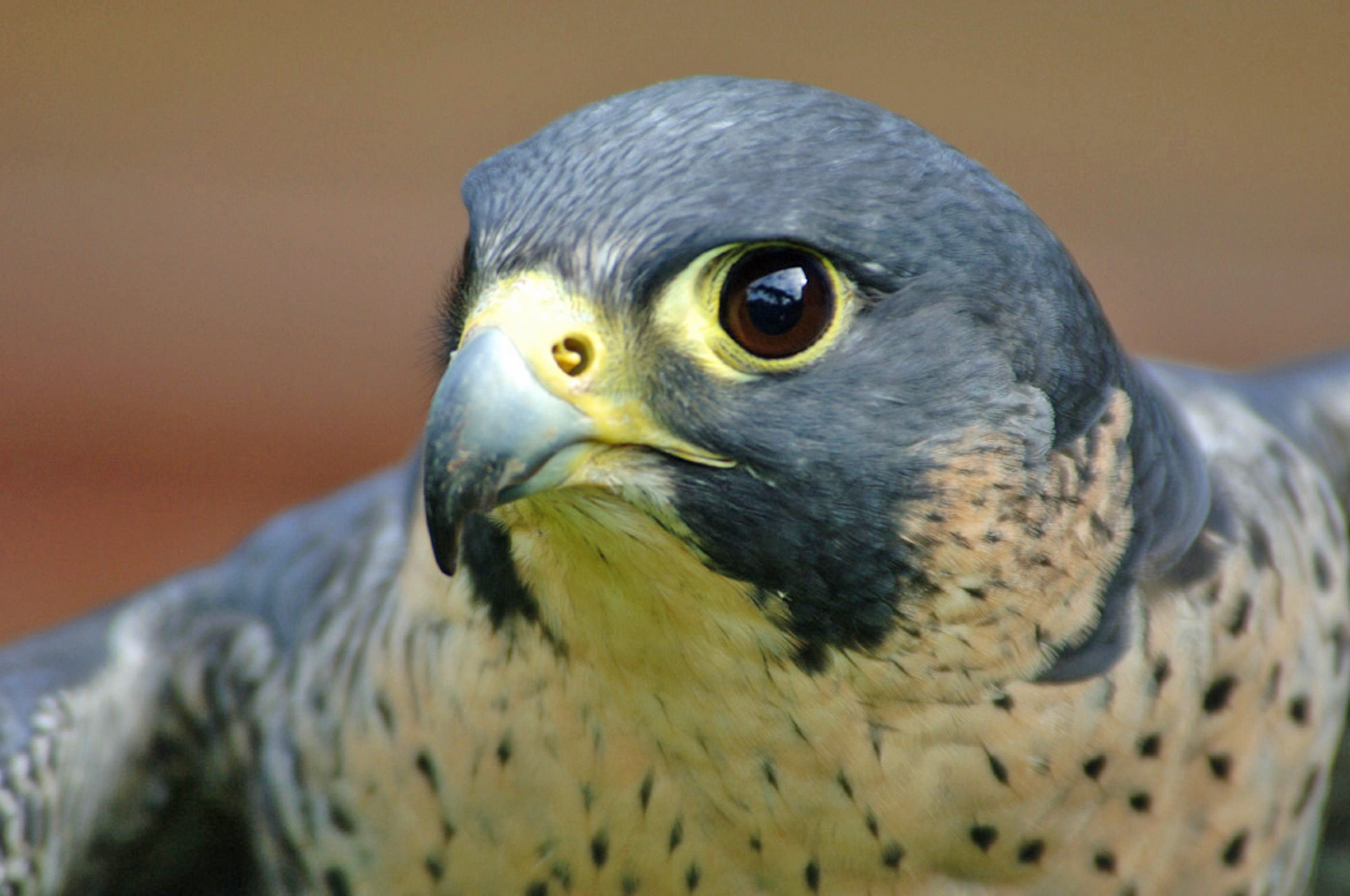
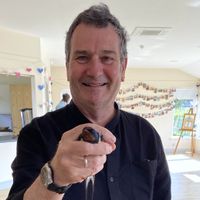
No bird speaks more eloquently of recent ecological change than this iconic falcon. The peregrine (Falco peregrinus) is a species found on six continents and, with Mankind, is one of the most successful predators on Earth and one of Britain's most deadly birds of prey. Today, it has resumed that apex position and globally it’s judged a ‘green-listed’ species, which means the population is of the lowest environmental concern.
Yet this wasn’t so in the 1960s. The news was so desperate and alarm so urgent that this bird — whose distribution wrapped around our planet — was judged to be threatened everywhere with extinction. For once, the small numbers in Britain played a major role in the unfolding international story.
The late Derek Ratcliffe, arguably our greatest naturalist of the 20th century, was fixated with peregrines. By the late 1950s, he, as did others, noticed that the numbers in his Cumbrian home area were inexplicably collapsing and nest sites he’d known for decades were being abandoned. It was his research that eventually showed the cause to be agrochemical poisoning. Once the offending products were withdrawn, bird-eating raptors of all kinds — sparrowhawks, marsh harriers and peregrines — began their steady recovery.

Two peregrine falcons fighting over a pigeon carcass on the roof of the Houses of Parliament in London.
The story is ongoing, but the latest census (2014) for the last species returned a figure of 1,760 pairs. It is possible that peregrines have never been more successful in this country since the Middle Ages. Compare that recent total with the 874 pairs counted in the 1930s or the telltale figure of 385 from 1961. Today, the birds have also moved inland from their traditional coastal cliffs and down from the mountaintops to nest in towns and cities the length of Britain.
London, Derby, Bradford, Wakefield and Glasgow are only a handful of the places where it is common to see peregrines hunting over the city skyline. An intriguing modern development is the Christian bent in the birds’ choice of nest site: Chichester, Winchester and Ely Cathedrals are some of the religious buildings where peregrines have elected to breed. We can also now enjoy their domestic dramas from the comfort of our own living rooms, thanks to many places livestreaming video footage of parents and offspring.

Rose, Rex and Lily — three peregrine falcon chicks being ringed and measured at Salisbury Cathedral in 2023.
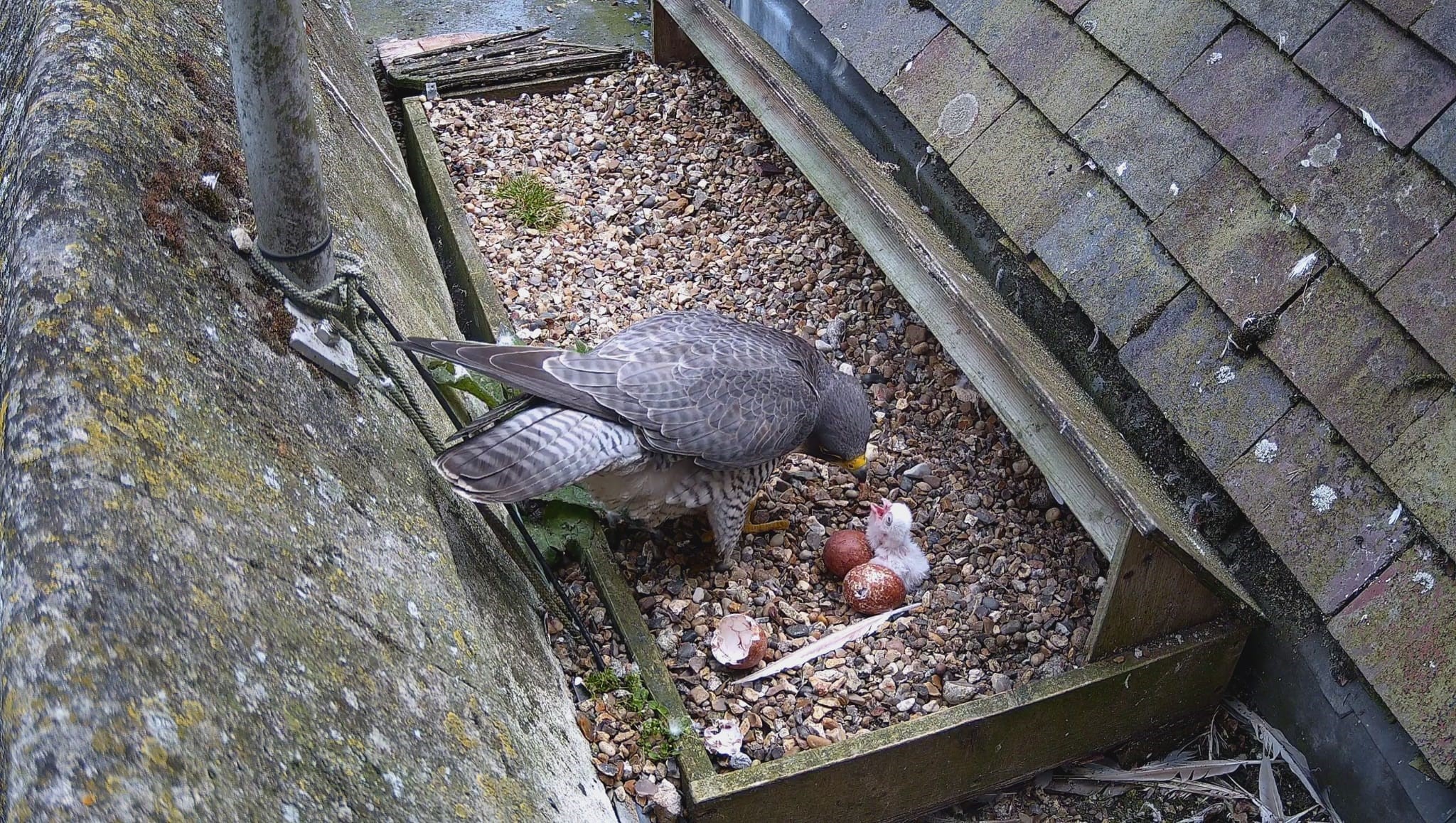
St Albans Cathedral hosts some peregrine chick's which can be watched via livestream courtesy of The Wild Life Trusts.
This restoration of the raptor is one of the great stories of British environmental action. For once, the symbol and the living reality converge completely: a peregrine is nothing less than a wonder of evolution. It has a reputation as the fastest bird on Earth, with recorded speeds of 240mph during its famous stoop. No less remarkable is the creature’s astonishing strength. One story that holds me in thrall concerns peregrines that carried adult black grouse to their nest on the Bass Rock from the Scottish mainland. The equivalent would be for a 12-stone human to fly several miles carrying an adult goat between their legs.
One of the striking aspects of these stories is not that the bird finds its prey easily, but that every item is hard won. I’ve watched peregrines for decades, sometimes daily, and seen them hunt hundreds of times. I’ve never once seen a kill. One compelling story of the challenge it involves entailed a bird spiralling down a mine shaft for 360ft underground as it pursued nothing more than a morsel: the intended prey was a skylark. The moral of the piece is that peregrines work hard for their living.
Exquisite houses, the beauty of Nature, and how to get the most from your life, straight to your inbox.
One unforeseen benefit that flowed from the crisis of historical decline was the attention it drew from an officer of the Britvic bottling company in Chelmsford. For 10 years, J. A. Baker cycled out from his hometown to look for peregrines wintering along the Essex coastline. After completing five drafts, in 1967 he published his classic book The Peregrine. It is widely regarded as a gold standard in Nature writing and remains an inspiration to authors and filmmakers worldwide. The peerless bird is matched by peerless prose. ‘Like the seafarer, the peregrine lives in a pouring-away world of no attachment, a world of wakes and tilting, of sinking planes of land and water,’ Mr Baker writes. ‘We who are anchored and earthbound cannot envisage this freedom of the eye. The peregrine sees and remembers patterns we do not know exist.’
Mark Cocker's latest book, ‘One Midsummer’s Day: Swifts and the Story of Life on Earth’, is out in paperback
This feature originally appeared in the June 25, 2025 issue of Country Life. Click here for more information on how to subscribe
Mark Cocker is a naturalist and multi-award-winning author of creative non-fiction. His last book, ‘One Midsummer’s Day: Swifts and the Story of Life on Earth’, is out in paperback. A new book entitled 'The Nature of Seeing' will be published next year by Jonathan Cape.
-
 Sophia Money-Coutts: If you have same-sex parents, who should walk you down the aisle?
Sophia Money-Coutts: If you have same-sex parents, who should walk you down the aisle?Sophia Money-Coutts is the new Debrett's and she's here every Wednesday to set some modern etiquette wrongs, right.
-
 Let's go crazy with Country Life's Quiz of the Day, August 26, 2025
Let's go crazy with Country Life's Quiz of the Day, August 26, 2025Tuesday's Quiz of the Day will test your knowledge of Prince's discography, The Addams family and Prime Ministers past.
-
 If there's no fish, there's no fishing, with Robin Philpott
If there's no fish, there's no fishing, with Robin PhilpottThe CEO of Farlows joins the Country Life Podcast.
-
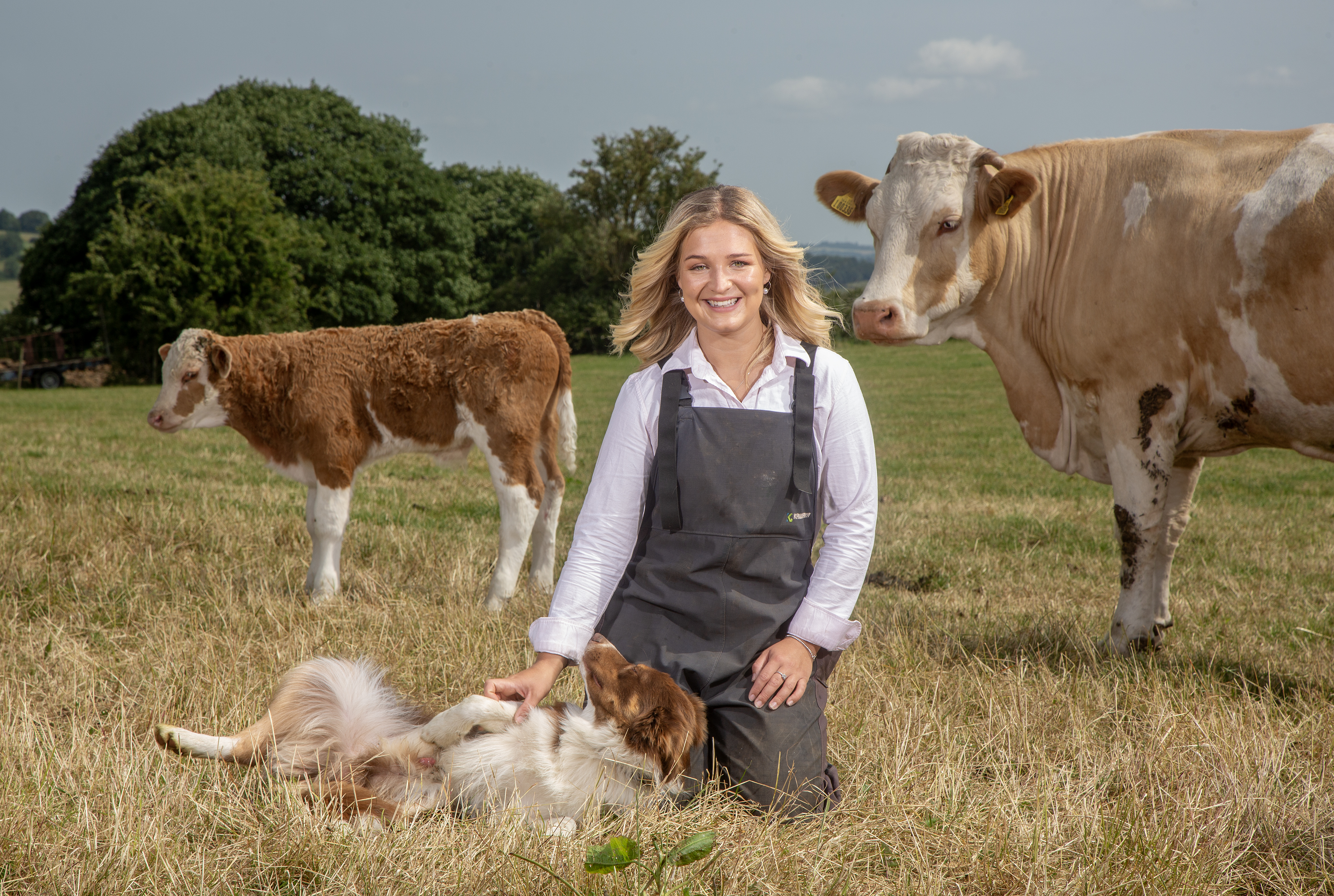 Pugs in pearls: Nine times dogs stole the show on publishing’s most famous page
Pugs in pearls: Nine times dogs stole the show on publishing’s most famous pageEvery Monday, Melanie Bryan, delves into the hidden depths of Country Life's extraordinary archive to bring you a long-forgotten story, photograph or advert.
-
 What everyone is talking about this week: The problem(s) with cyclists
What everyone is talking about this week: The problem(s) with cyclistsWeek in, week out, Will Hosie rounds up the hottest topics on everyone's lips, in London and beyond.
-
 The smooth collie: A working breed with beauty and brains
The smooth collie: A working breed with beauty and brainsOnce the go-to Scottish herding dog, the smooth collie is as elegant as it is dependable — a working breed with beauty and brains.
-
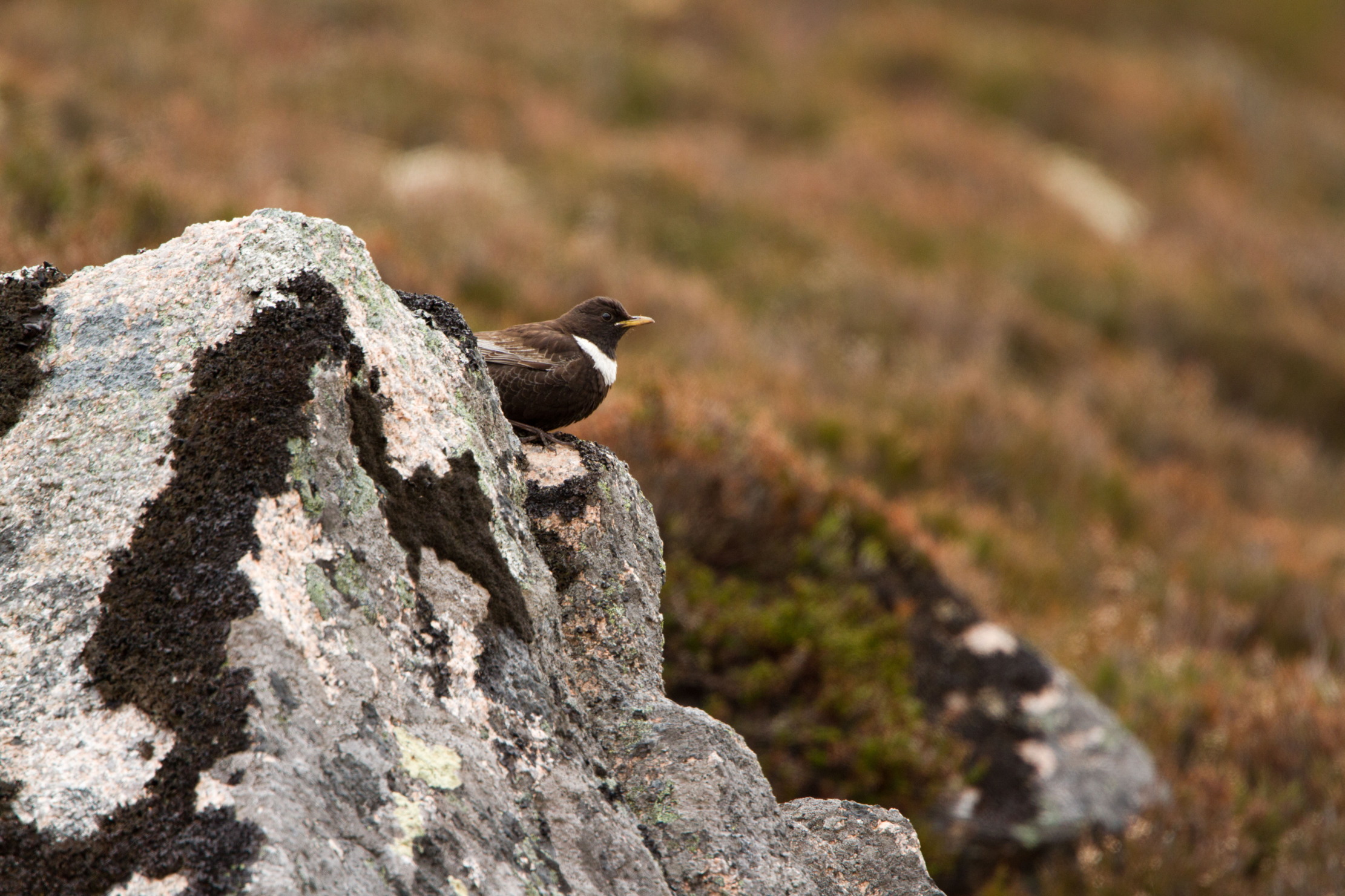 The ring ouzel: The mystery behind the common blackbird's feral twin
The ring ouzel: The mystery behind the common blackbird's feral twinA master of disguise, inexplicably shy and unpredictably wild, the increasingly rare ring ouzel warrants giving any blackbird a second glance.
-
 A new gilded age: Sir David Attenborough christens a rare golden eaglet
A new gilded age: Sir David Attenborough christens a rare golden eagletThe first golden eagle to fledge from the nest of a translocated bird has been rewarded with a name selected by Sir David Attenborough.
-
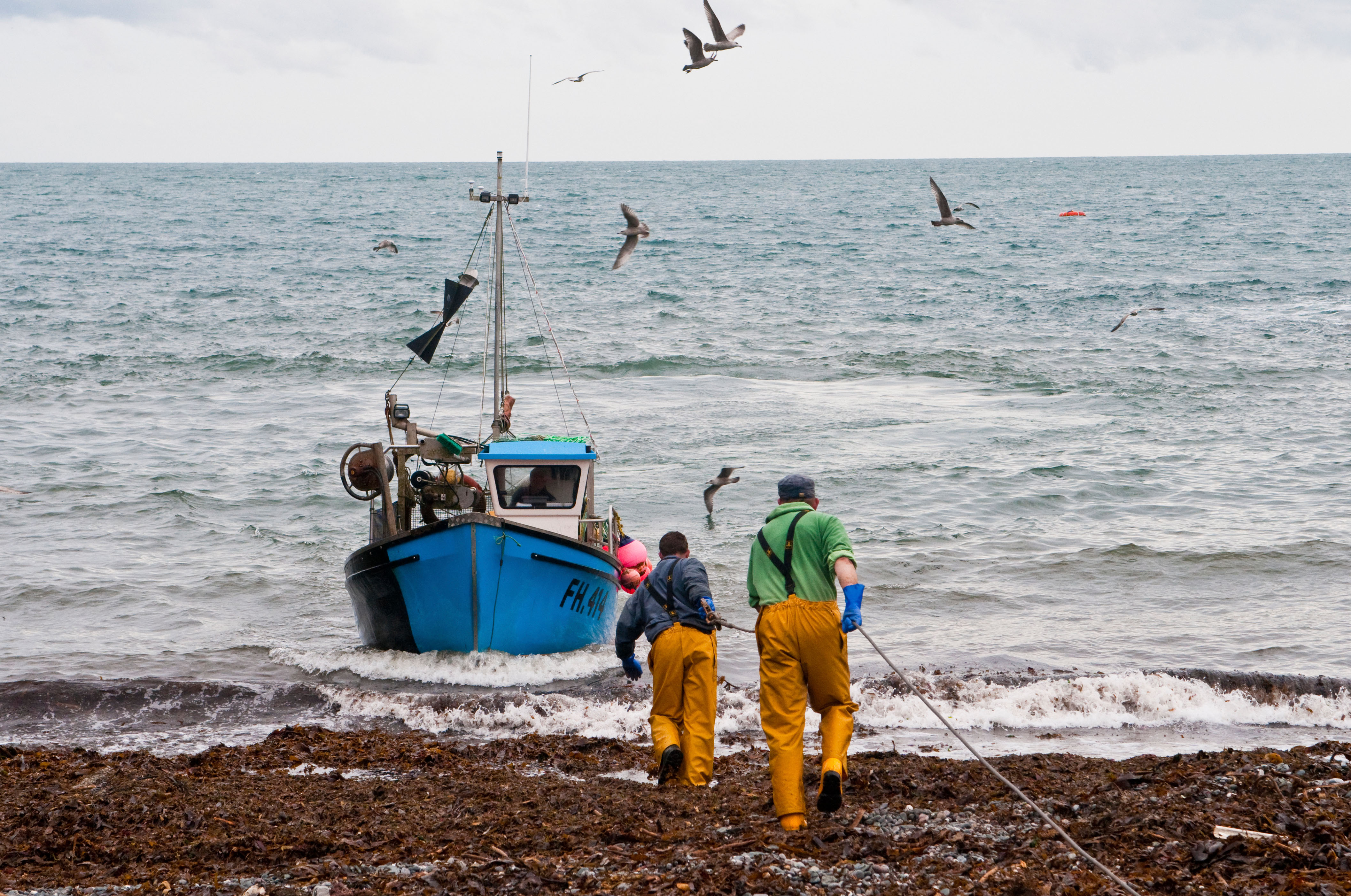 The winners and losers of summer 2025, from foragers to fishermen, and turtles to trout
The winners and losers of summer 2025, from foragers to fishermen, and turtles to troutBlue skies and rising mercury have been a theme of this summer, but there are always those who thrive and those who struggle in unusual times.
-
 How Sir Walter Scott made the Dandie Dinmont terrier a legend
How Sir Walter Scott made the Dandie Dinmont terrier a legendThis week marked Sir Walter Scott’s birthday — and so it seemed the right moment to celebrate the terrier that owes its fame, and its name, to his pen.
